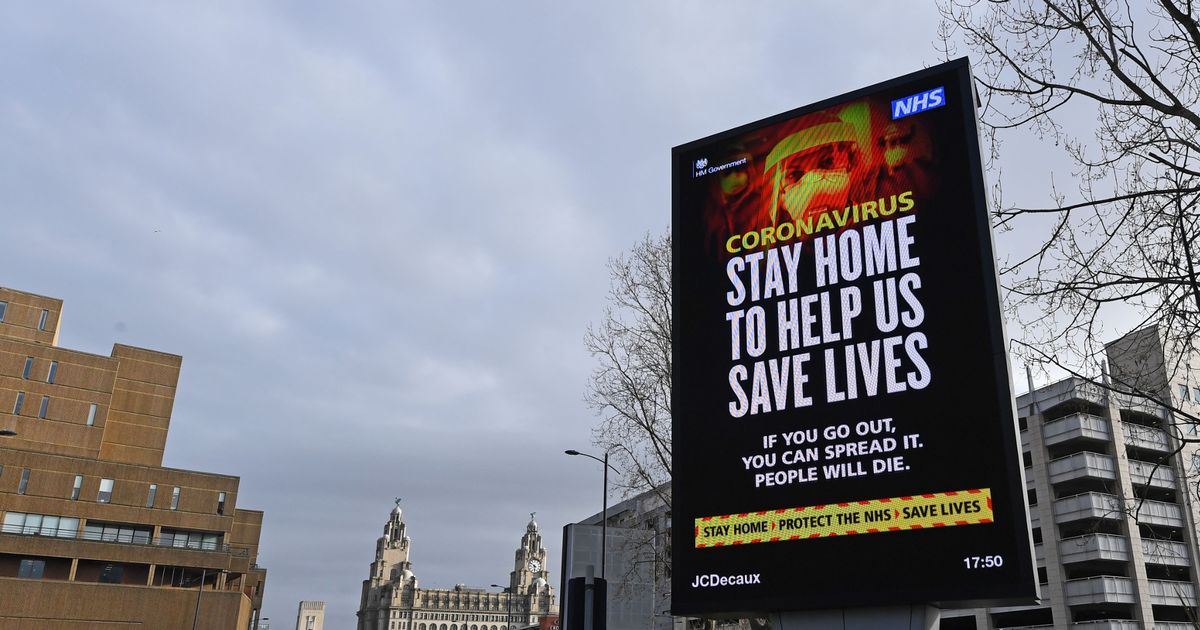A deadly pandemic releasing distressing and gloomy pictures each day.
By February 01, the COVID – 19 could still be regarded in Europe as a distant viral outbreak only circumscribed in China where it originated. Two weeks later, with the rising infections swiftly spreading across Italy, Iran and France, the world health community started to fear for the worse. One month later, the outbreak rating grew from an isolated Chinese epidemic into becoming a worldwide pandemic compelling to implement containment measures and response plans usually applied in situations of widely and rapidly evolving epidemics. Worse enough, the pandemic is now so deadly that governments around the world have crossed borders and both international trade and travels are on a slump. Today, half of the world’s population is under lockdown until governments manage to halt the pandemic!
The COVID – 19 pandemic at a glance!
While the COVID – 19 pandemic is supposedly said to have been registering a steadily decreasing trend in China, the pandemic may be now following different growth paths particularly in Europe and US where the epicenter has now shifted since several weeks.
As of the end of March 2020, Italy attracted one third of the world’s COVID – 19 related deaths, that is 12,000, Spain registered an average of 800 deaths for 5 consecutive days, France total pandemic death toll stood at 3600 while the US registered more than 800 new deaths in one single 24 hours. The state of New York alone has registered 1550 deaths. All in all, the COVID – 19 pandemic has claimed 40,000 lives the world over since its outbreak more than four months ago! To date, it is estimated that around 840,000 people have been infected. According to Dr. Simon Clarke from the University of Reading, UK, these figures are shocking but sadly unsurprising! And according to the most authoritative world health authority, the WHO, the future perspective looms even grimmer!
According to the UN boss, if the situation looks so distressing for the developed countries, in all likelihood, the situation is expected to be quite concerning if the pandemic starts spreading across the poorer parts of the world. The UN already regards the pandemic spilling over to Africa as an unstoppable time bomb. Consequently, the African states are urged to plan for the worse. As a matter of fact, while the total level of infections currently stands at 6000, the African continent has so far only registered 190 deaths as directly caused by the pandemic. However, this situation is particularly alarming to many respects. On the one hand, the lack of COVID – 19 testing infrastructure may explain in part the persistent low numbers of COVID – 19 positive cases diagnosed to date. On the other hand, due to general low levels of planning and preparedness capacities with regards to large scale pandemics, it is feared the general impact of the pandemic on Africa will reach unprecedented levels. What should be done?

What we already know – The COVID – 19 Operational Assumptions
Our organization ACDM strategies for planning for and responding to influenza type pandemics, such as the COVID – 19 are inspired by the pandemic flus that severed the world in the past. The most infamous one being the Spanish Flu of the 1918/1919. They are aligned to operational guidelines as were established by the previous strategic plans devised to respond to large scale pandemics targeting the UK.
Planning to counter the influenza – like pandemics in the UK was in the past based on the working assumption of the “reasonable worse case”. This analytical framework derived from the experience and mathematical models of influenza pandemics and seasonal influenza that occurred in the 20th century. According to this assessment paradigm, it is inferred that, based on patterns of spread of infection, up to 50 per cent of the population would experience symptoms of the pandemic influenza with the nature and severity of symptoms varying from one person to another. This assessment remains actual today. In fact, it easily fits the present COVID – 19 pandemic infection and evolution patterns.
In light of the above assessment and planning assumptions for pandemic preparedness, while an influenza type pandemic could emerge any time anywhere in the world it has the potential to spread very rapidly leaving the targeted communities and countries with no capacity to stop its spread or eradicate it. Because it spreads too rapidly and too widely. It is against this backdrop that we urge the developing countries to plan for the worse. In fact, there are reasons they might experience the most severe impact of this pandemic simply because once the pandemic hits Africa on a wider scale the number of infections may grow exponentially if nothing is done early. 
Spanish flu 1918 (Pandemic influenza)
Early Responses to influenza type pandemics
Responses to and management of influenza type pandemics such as the COVID – 19 may vary from country to country. This may stem from the general level of preparedness and capacities deployed in advance to cure and counter its rapid spread. However, for preparedness and planning purposes, on the one hand, countries are advised to maintain optimum levels of stockpiles and distribution arrangements for antiviral medicines and antibiotics, enough to cover widespread and severe pandemics. On the other hand, there is a need to mobilize the required health care infrastructure and staff needs commensurate to the pandemic expected spectrum. So should the developing regions, particularly Africa, plan and be prepared accordingly!
Effective measures to fight against the outbreak.
According to the pandemic related statistics available on the OECD websites, the Covid19 is evolving rapidly. And that stringent measures, both in policies, strategic actions and practical guidelines should be implemented to curtail the pandemic from spreading any further. To this end, the following are a number of practical measures and directives that have so far proven to be working effectively. They were set in accordance with the World Health Organizations global recommendations drawn to specifically address the pandemic in its peculiar characteristics. However, their implementation across the world is sensitive to each country own particularities. Nonetheless, regardless of individual countries differences, the following preventive actions have proven to be working towards stopping the spread of the pandemic:
- Stay home strategy: across the globe, numerous countries have been increasingly enforcing this measure with restricted or widespread confinement of citizens. In many respects, this strategy is believed to have contributed to stopping the spread of the pandemic.
- Social distancing: in case people’s social gatherings are unavoidable (public transport, shopping), people are urged to respect a minimum distance of at least 2 m between one another.
- Hand washing: with hydro – alcoholic soap several times: because it was established that people might get contaminated through hand shaking or touching items potentially infected, it is strongly advised that people keep washing hands after they shake hands people or after they might have been exposed to contaminated areas.
- Use of protective masks: this is another health advice because the virus spreads through the air, especially in close contact with contaminated people who may release it through coughing.
- Restrict going out only for the minimum critical necessities: such as work when working from home is not possible, medical consultations, shopping for basic needs. In rare occasions, if people need to exercise or to take dogs out, people are advised to do it alone and/or is only restricted to members of one’s household.
Rush for an immediate emergency medical consultation when suspecting Covid19 symptoms: symptoms such as intense and persistent coughing, abnormally high and persistent body temperatures, headaches and respiratory complications were diagnosed to be associated with the covid19 disease. It is therefore advised to quickly rush for a medical check – up as soon as one suspects to have those symptoms.

The African continent poised to be next.
With the number of the Covid19 victims continuously growing around the world, one is justified to believe that Africa will not be spared and that it may be a matter of time. The World Health Organization has already established that the most realistic growth scenario for the pandemic points to a total of 450,000 infections across Africa by mid-May. This is highly concerning for the continent.
As a result, this would be the right time for the decision – makers across the African continent to lay out strategies and implement plans by learning from what worked and the best practices in the most affected countries such as Italy, Spain, France and now the United States.
While governments around the world are bracing to develop and obtain either the cure or most effective vaccine, Africa should be on high alert. Quite rightly, in regard to the current standards and capacities of most of the African health sector, in a whole, we may fear for the worse if the Covid19 pandemic starts spreading in Africa as it is now doing in the developed countries. The moment is ripe for immediate practical actions.

